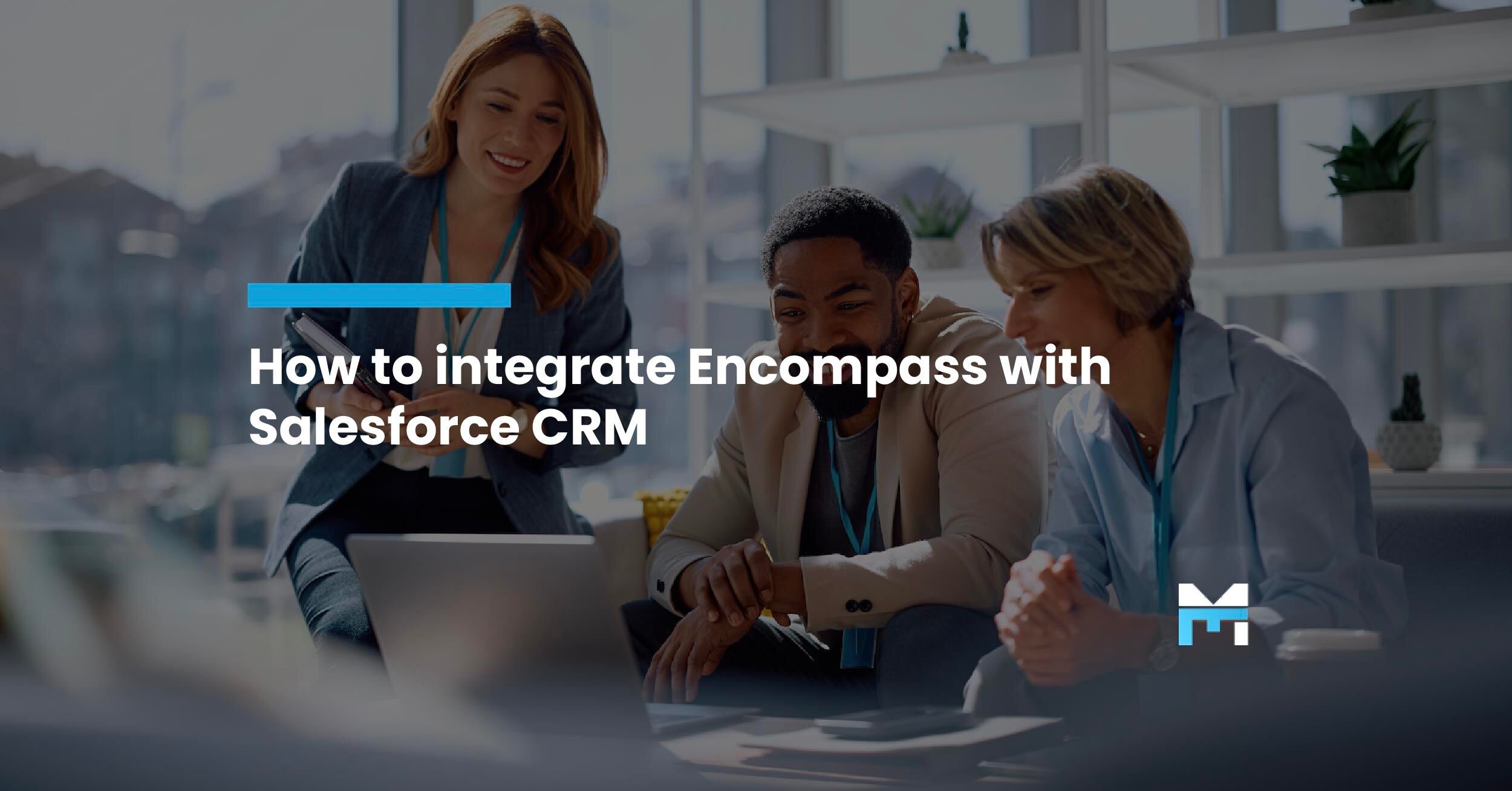Better Lending Starts with Smarter IT: Why Calyx + Managed Services Is the Power Combo You Didn't Know You Needed
You’ve locked in a mortgage origination platform that understands the business. Calyx is firing on all cylinders—streamlining workflows, keeping you...


![[CTA] Q2 CTA Image (3)](https://mortgageworkspace.com/hs-fs/hubfs/%5BCTA%5D%20Q2%20CTA%20Image%20(3).jpg?width=2500&height=654&name=%5BCTA%5D%20Q2%20CTA%20Image%20(3).jpg)


